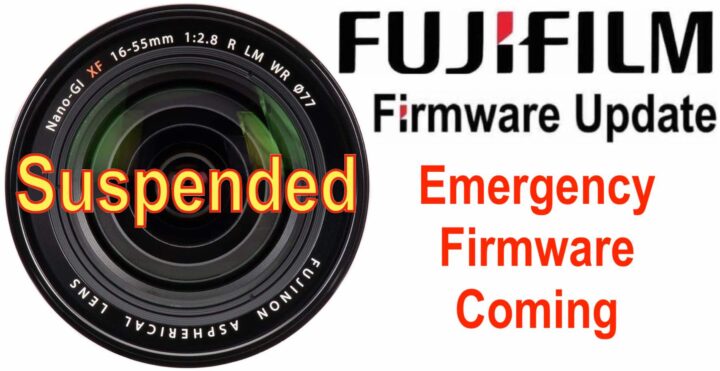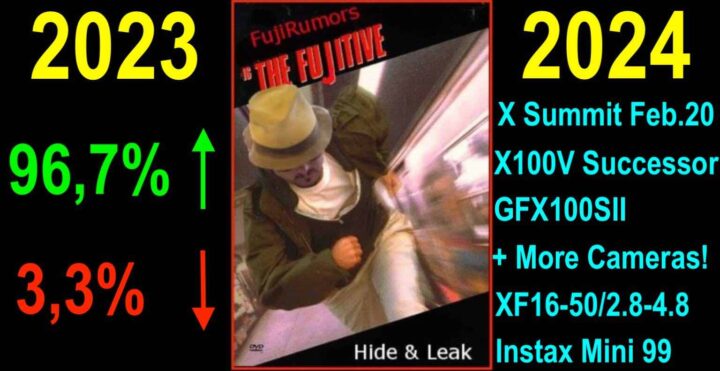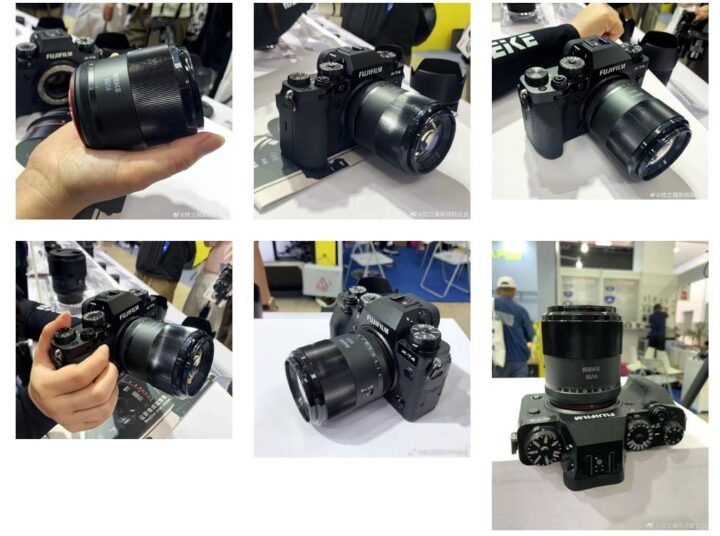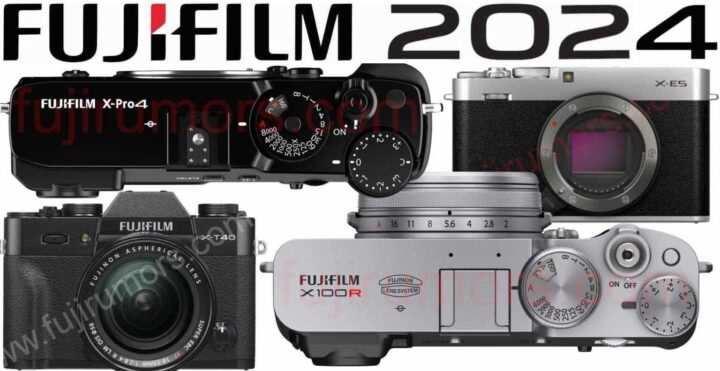Lots of Fujifilm X100VI Rumors :: Firmware Updates :: Kaizen Love Promise & More – Top January Articles & Videos
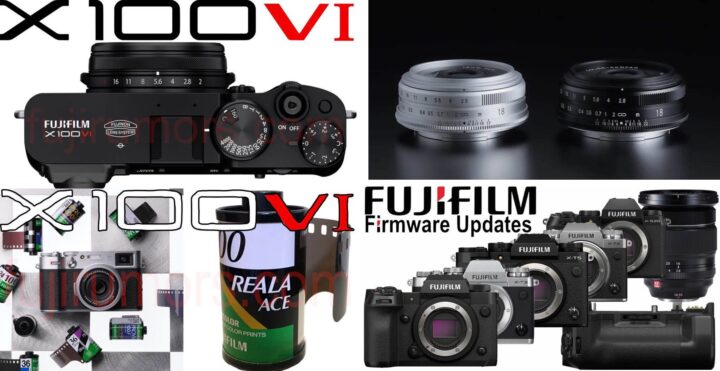
Here are the top articles for January. And because it was a rumor-intese month, I extend the list to the top 15 articles, as opposed to the usual top 10.
- Why “Fujifilm X100VI” is Best Name for the New X100 Camera
- CONFIRMED: Fujifilm X100VI Announcement on February 20 (and More?)
- The Fujifilm X100V Successor Will be Called…
- Fujifilm X100VI Coming also in Limited Edition
- Fujifilm X100VI with IBIS? Here is the Answer!
- Fujifilm Firmware Updates for Several Cameras (X-T5 included), XF16-55, FT-XH and Promises More Firmware Love to Come in 2024
- What to Expect from Fujifilm in 2024 (and What Probably Not)
- Fujifilm X100VI Possible Price Info Leaked
- Fujifilm 2024: A Look Ahead Between Rumors and Speculations (X-Pro4, X100R, X-E5, X-T40, New XF Lenses, GFX Future)
- Fujifilm X100V Discontinued at Several Stores: Giving Up on X100V Delivery and Getting Ready for Fujifilm X100VI?
- Fujifilm X100VI (with IBIS) basically Same Size of X100V (without IBIS)
- Fujinon XF 18-55mmF2.8-4 Declared Among All Time Best Kit Lenses… and Yet it Gets Replaced Soon
- Fujifilm X100VI Coming with with REALA ACE Film Simulation… and About Reala Ace Being Possible only with GFX100II Sensor
- This is the Sensor of the Fujifilm X100VI
- Cosina Voigtlander COLOR-SKOPAR 18mm F2.8 Aspherical Lens Announced – First Look and Samples
Here are the top 10 YouTube videos

